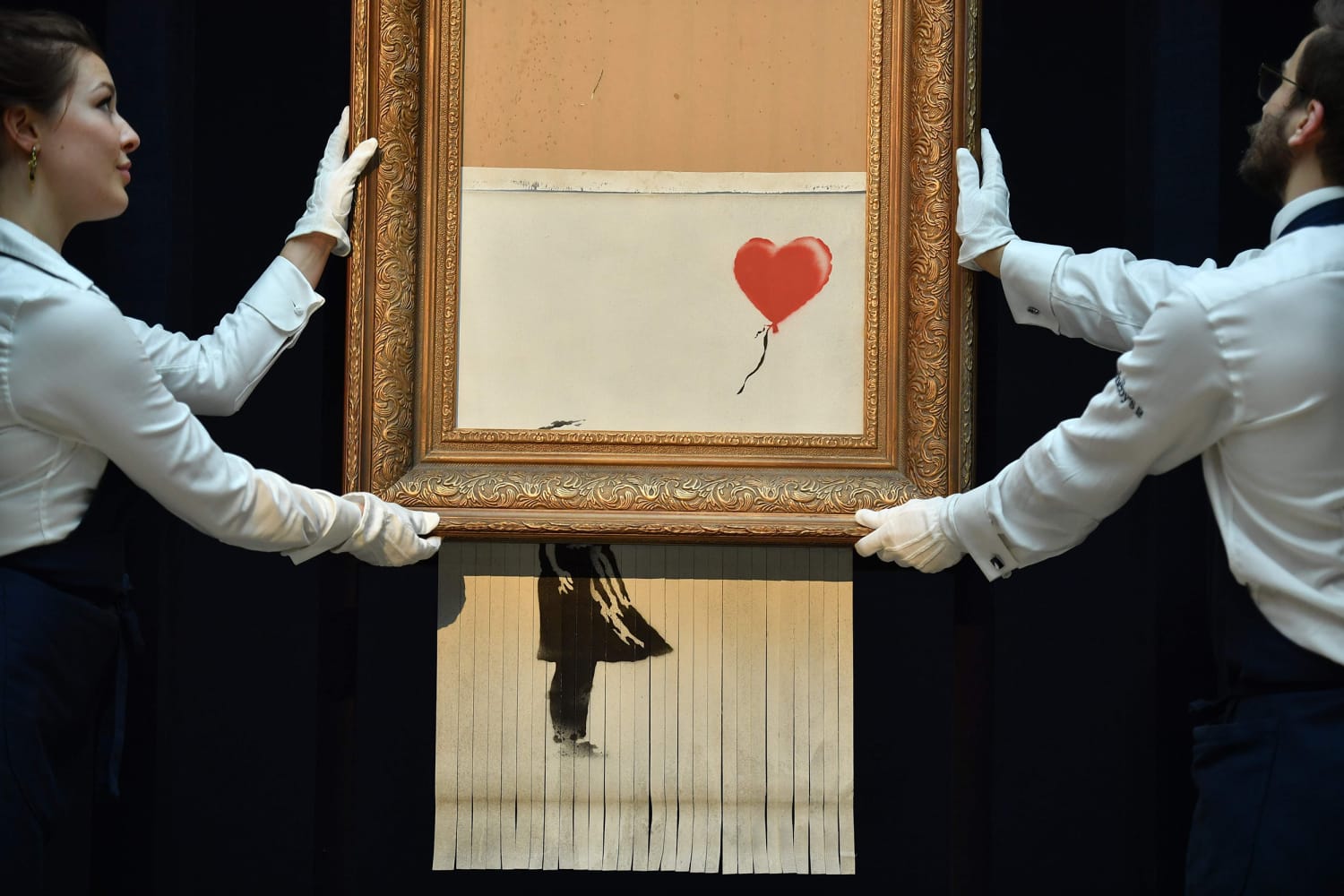The Sotheby’s Auction Process, analyzed and questioned
Sotheby’s Auction Article — Reference
Sotheby’s is the ubiquitous auction house that holds and auctions some of the world’s most expensive and high-profile art. Picassos and Banksys are some famous artworks to pass through the auction house. Having watched these auctions and learned about different types of auctions in 2040, I began to wonder what kind of auction Sotheby’s holds.
Is it ascending bid? Descending bid? First price? Second price? Is there a reserve price?

So, I researched an article and read about Sotheby’s process of selling marquee art and other works. Like many other auctions, Sotheby’s holds a first price ascending bid auction, where bidders continuously bid until the highest price wins. Sotheby’s also uses a reserve price to ensure that the seller makes some profit relative to how they value the art piece. They begin bidding below the reserve price and slowly work up (ascendingly) from there. Sotheby’s does not sell the item if the betting value does not surpass the reserve price. Dissimilar from what we’ve learned in class, they also apply a buyer’s premium contingent on how much more additional money a buyer spends on the piece.
These auction concepts employed at Sotheby’s align with what we have learned in the course. The first price ascending auction and reserve prices are standard auction processes that we have reviewed at length. Sotheby’s uses this process in a unique context, and it was exciting to apply my knowledge from the course to learn more about it. I feel Sotheby’s could potentially improve its auction process, given our discussions in class so far.
I think Sotheby’s is allowing collectors and museums to overvalue art pieces and drive up their prices astronomically. In short, I think they should trial a second price auction to mitigate over-valuing of items and allow buyers to give their best honest price in hopes of winning the product. Though controversial, this tactic could make for more exciting auctions and enable the pieces to be correctly valued and sold. Additionally, second-price auctions afford anonymity of buyers’ prices, again allowing for more genuine pricing and offers.
